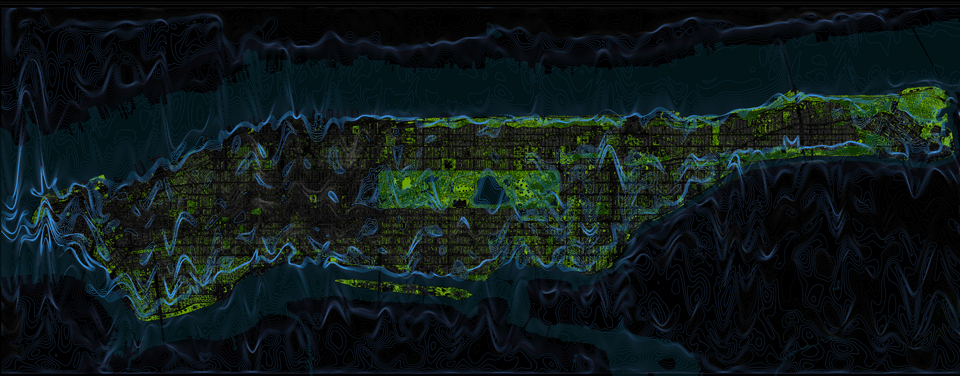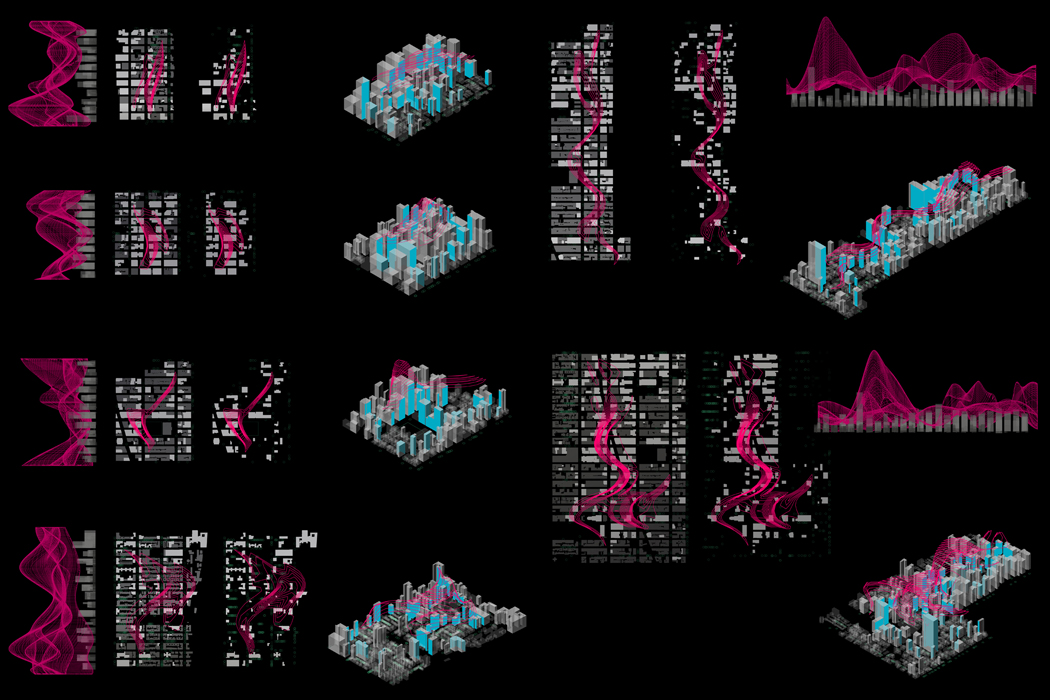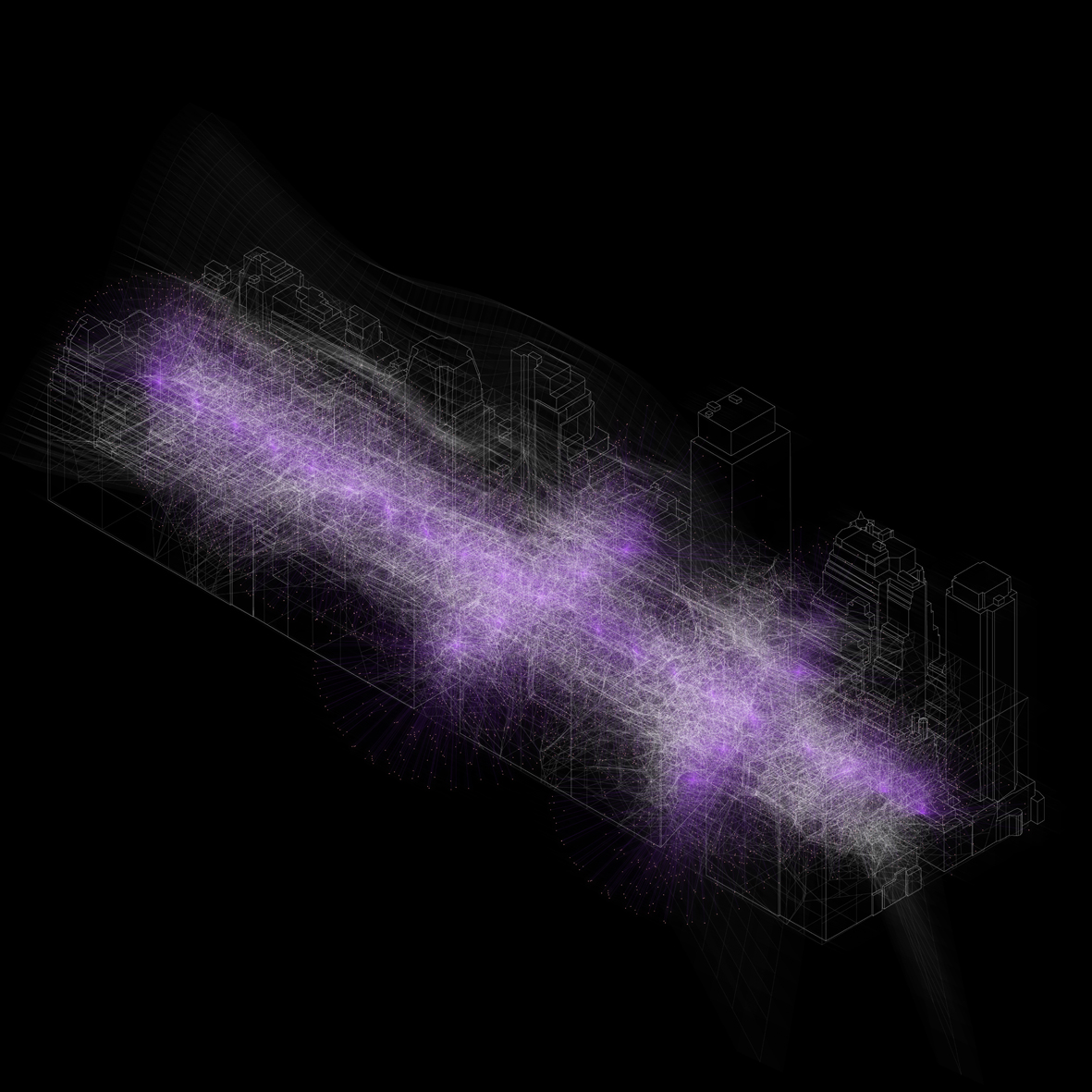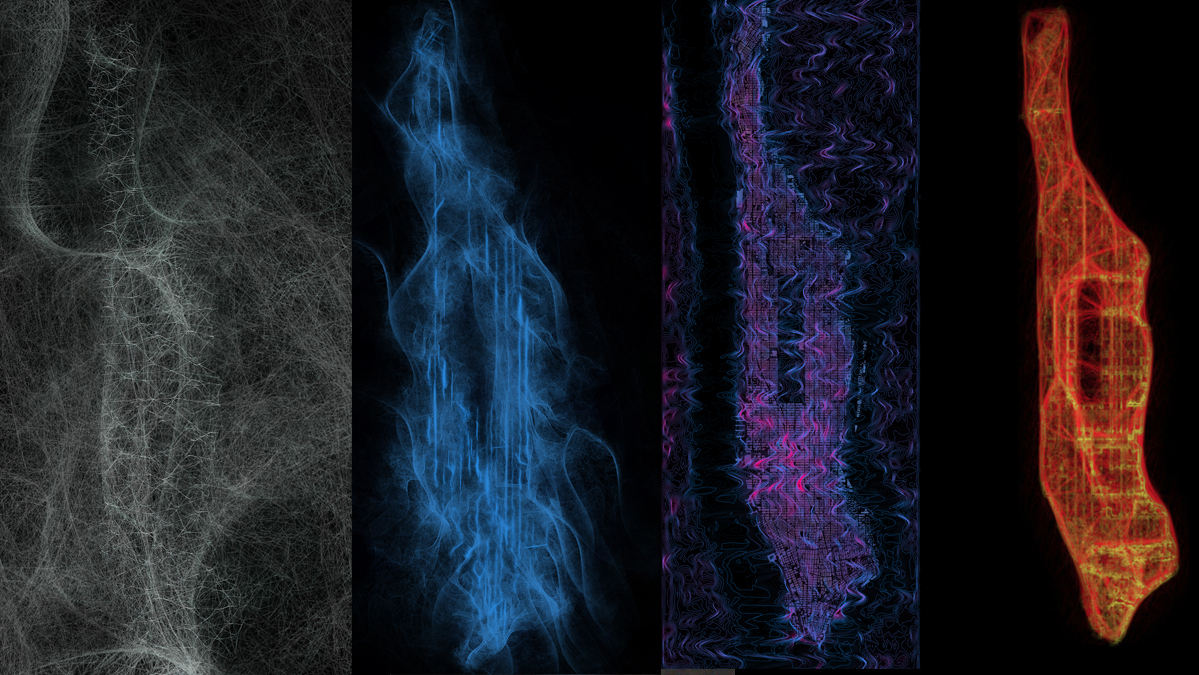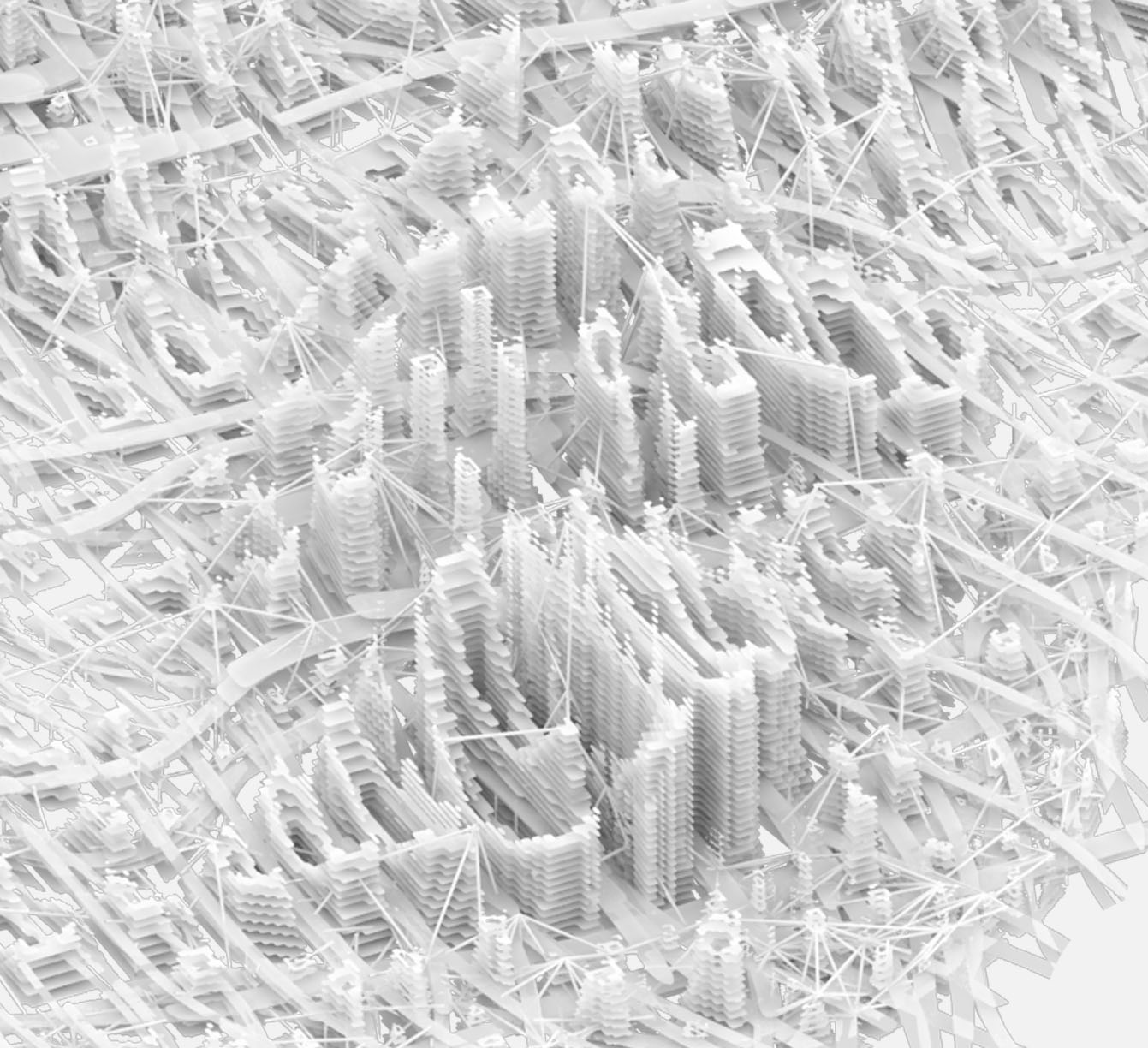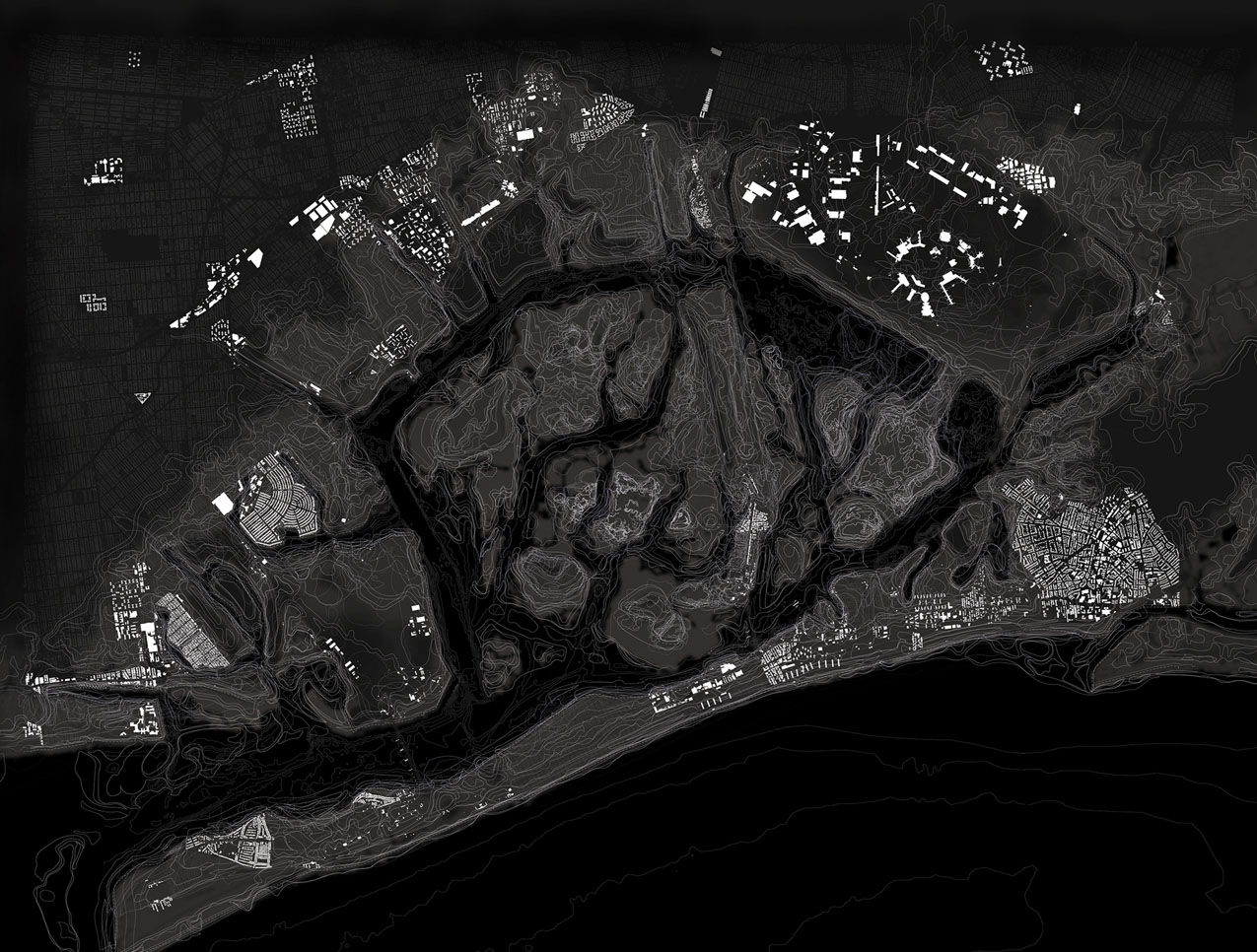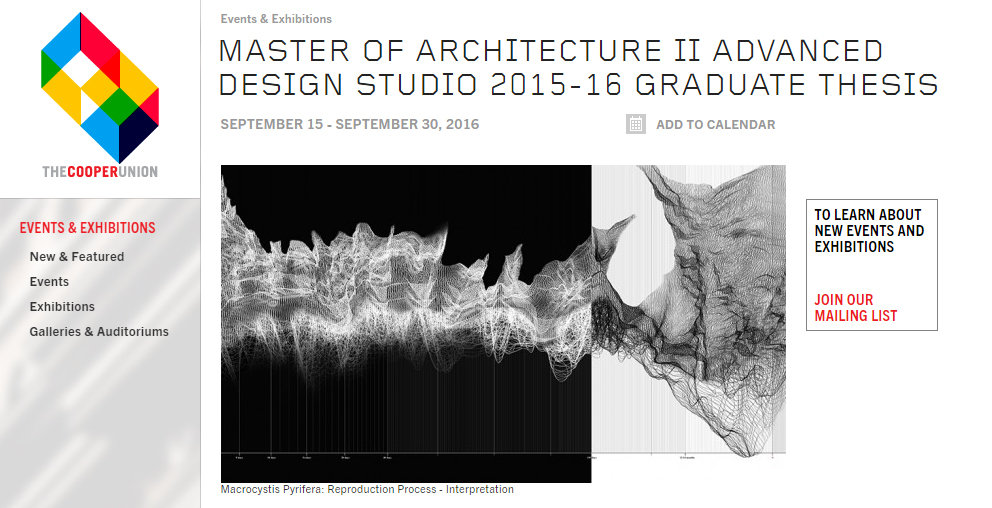Advanced Master Studio (M.Arch II)
The School of Architecture of The Cooper Union
Structuring Fluid Territories: The Typology of the Landscape and
the Topology of the City
Professor Pablo
Lorenzo-Eiroa with instructors Lydia Xynogala and Will
Shapiro
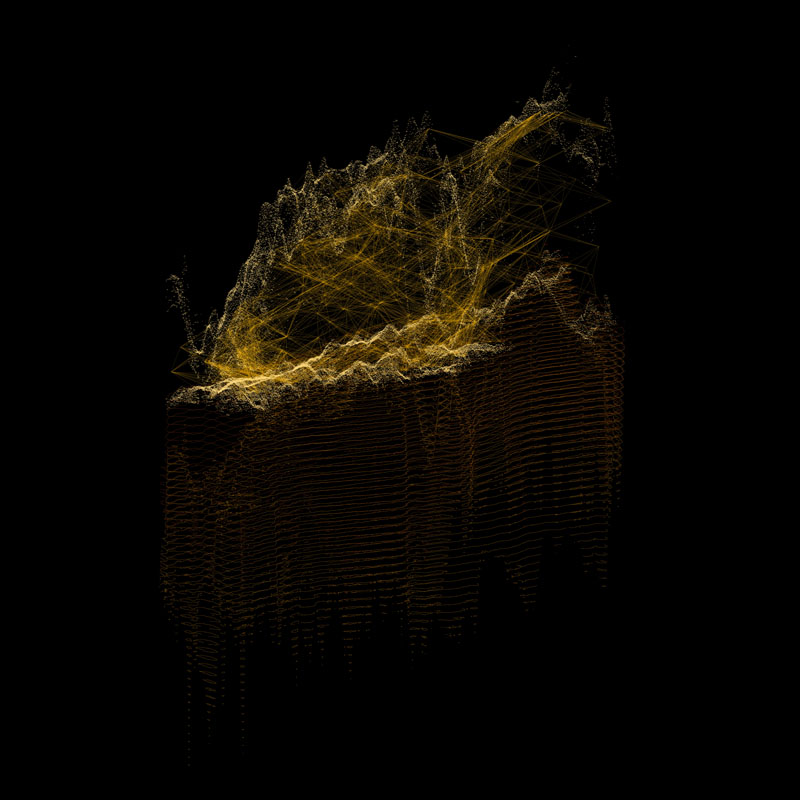
GRADUATE RESEARCH DESIGN STUDIO I: FALL SEMESTER
Associate Professor Pablo Lorenzo-Eiroa, Assistant
Professor Dorit Aviv, Instructor
Will Shapiro
STRUCTURING FLUID TERRITORIES
THE TYPOLOGY OF THE LANDSCAPE AND THE TOPOLOGY OF THE CITY
We may have surpassed the point of irreparable damage to our
planet, as science confirms that an ecological balance now may
only be achievable by artificial means. Recent superstorms
Hurricane Sandy and
other recurring 'natural' events have activated debates on
ecology, producing discussions on the role of artificial
interventions in many cities worldwide. While the environment is
understood as a large, dynamic, self-regulated ecosystem without
borders, cause and effects can be traced everywhere. But the
consequence of the ecological crisis is mostly politically
measured in cities were large economic interests are
concentrated. This creates an interesting tension for
architecture as a discipline after decades of expansion towards
landscape interventions. While the ecological crisis draws
attention back to the center, it cannot disregard the periphery
or the regional where ecological forces may emerge. This problem
presents a reciprocal, continuous project addressing the
previous separation between city and environment, city and
landscape or center and periphery.
Slavoj Žižek's recent statement "Nature does not exist" has
questioned many assumptions. One such assumption is the
continuous instability of 'natural' processes that reconfigure
landscapes through crisis, such as earthquakes, volcano
eruptions or hurricanes. The other is the artificial projection
of signification of language in the word 'Nature'. The word
'Nature' has grouped various conventions, sometimes with
divergent and even opposite signification, raising problems in
assumed meanings that are taken for granted.
In response to these concepts, the studio proposes to avoid environmental
preservation.
Dually purposed as an urban design studio and as a landscape
design studio, students are asked to study, through computer
assisted simulations, social, economical, biological and
ecological landscape-urbanism alternative strategies for the
systems of bays, rivers, shores and ports that surround and
affect New York City. This area, which includes New York City
itself and its Upper and Lower Bay, the East River and the
Hudson River, Jamaica Bay and Flushing Bay, will be studied by
structuring natural feedback that exchanges information and
energy. The studio frames an approach to the New York City
region through mega-structural visions as radical interventions
that affect entire territories. This advanced urban studio will
study the relationships between the architecture of the city and
the structuring of the fluid surrounding territory, form within
time, and fluid forces and resistances through specific dynamic
software tools. Students map, test and work through processes of
sedimentation, erosion, and tidal or hydraulic energy, and
extend them into the architecture of New York City.
The urban and landscape strategies of the studio are guided by
the following principles: Dynamic Representation (Fluid Dynamic
Simulation, Big Data); Emergent Ecology as Space-Environment;
and Re-coding the City and its Environment.
Master Students included: Yeqing Cao, Bing
Dai, Yuan Gao, Rashmi Doshi, Seung Hwan Kim, Jihyn Lee, Jin Woo
Lee, Alberto Garcia Martinez, Natalia Moreno Andrade, Cansu Uzun
and Muge Wang
